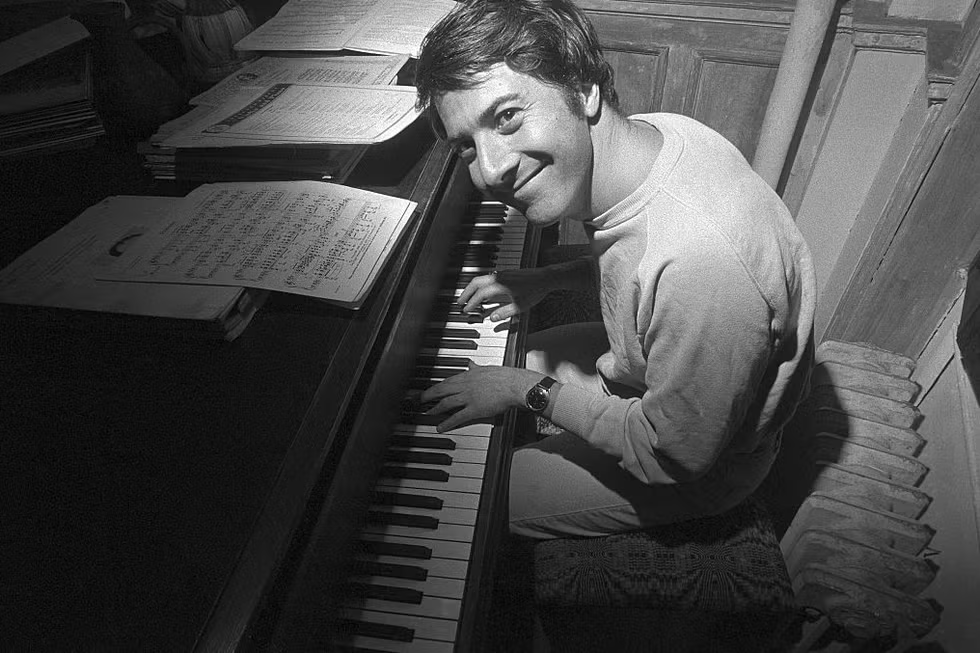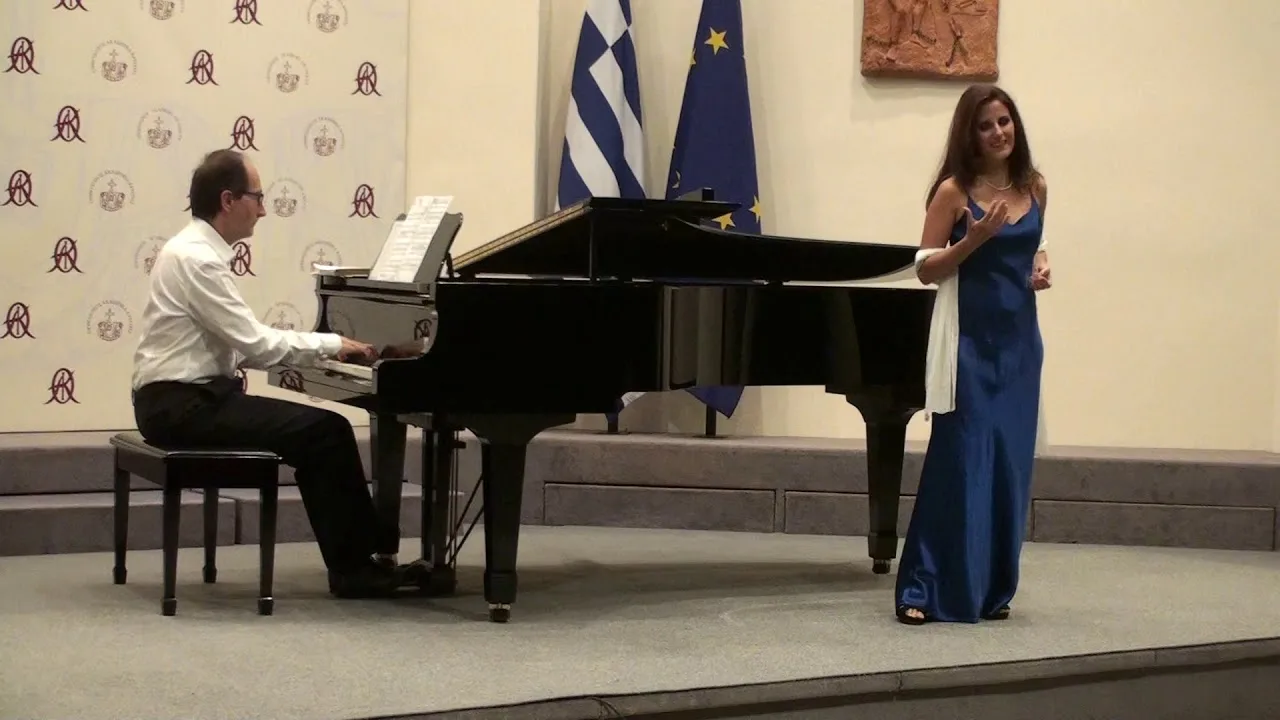Charlie Chaplin, often recognized for his iconic character, the Tramp, also had a remarkable talent for music, particularly the piano. Self-taught, he honed his skills by ear, allowing him to express profound emotions through his performances. His musical prowess wasn’t merely a side endeavor; it played a vital role in his filmmaking. Yet, the question remains—how did his musical abilities shape his cinematic narratives and influence his legacy? Exploring this connection reveals layers of artistry that might surprise those familiar with only his on-screen persona.
Charlie Chaplin’s Early Life
Charlie Chaplin’s early life laid the foundation for his remarkable career in film and music. Born in London in 1889, he faced significant adversity. His parents, both entertainers, struggled with their own issues, leading to Chaplin’s early experiences of poverty and instability. After his father’s abandonment and his mother’s mental health decline, young Charlie found himself in a workhouse at just seven years old.
These hardships shaped his worldview and fueled his passion for performance. He joined a touring theater troupe, which introduced him to the world of vaudeville, where physical comedy and expressive acting became his trademarks. This exposure honed his innate talent for storytelling through movement, laying the groundwork for his later cinematic achievements.
Chaplin’s formative years also contributed to his understanding of the human condition, allowing him to infuse his work with both humor and social commentary. His experiences in the slums of London and the struggles of his family fueled his empathy for the downtrodden, themes he’d explore throughout his career.
Consequently, the challenges he faced not only informed his artistry but also established a unique connection with audiences worldwide.
Musical Influences on Chaplin
Music played a pivotal role in shaping Charlie Chaplin’s artistic vision and cinematic style. Growing up in a musical environment, Chaplin was profoundly influenced by the sounds and rhythms surrounding him. His mother, Hannah, often performed in music halls, exposing him to a variety of musical genres from an early age. This early exposure instilled in him a deep appreciation for melody and rhythm, which he later integrated into his films.
Chaplin’s understanding of music went beyond mere appreciation; it became a fundamental aspect of his storytelling. He used music to enhance emotional resonance, often composing scores that complemented his visual gags and character development. His films, such as “City Lights” and “Modern Times,” showcase how effectively he merged comedic elements with musical undertones, creating a unique cinematic language.
Moreover, Chaplin’s interest in classical composers like Beethoven and Tchaikovsky shaped his musical sensibilities. Their influence is evident in the way he crafted soundtracks that evoke a range of emotions, from joy to sorrow.
Ultimately, Chaplin’s musical influences were integral to his artistry, enabling him to transcend the limitations of silent film and create timeless masterpieces.
Chaplin’s Piano Skills
Demonstrating his multifaceted talent, Chaplin wasn’t only a brilliant filmmaker but also an accomplished pianist. His piano skills were integral to his artistic expression, enhancing both his performances and personal life.
Chaplin’s proficiency on the piano can be highlighted through several key aspects:
- Self-Taught Virtuoso: Chaplin learned to play the piano by ear, showcasing his innate musicality and dedication.
- Emotional Resonance: His piano playing often conveyed deep emotions, reflecting the poignant themes present in his films.
- Performance Versatility: Chaplin could effortlessly shift from light-hearted tunes to somber melodies, illustrating his range as a musician.
- Cultural Influence: His exposure to various musical styles, from vaudeville to classical, enriched his piano compositions and performances.
Chaplin’s piano skills not only provided a foundation for his film scores but also allowed him to connect with audiences on a deeper level.
His ability to intertwine music with visual storytelling set a precedent in cinema, demonstrating that music can elevate the emotional impact of film.
Through his dedication to the piano, Chaplin solidified his status as a true Renaissance artist.

Composing for His Films
In crafting the scores for his films, Chaplin skillfully blended his musical talent with his cinematic vision, creating soundtracks that resonated deeply with audiences. He understood the emotional weight music could carry, using it to enhance the narrative and evoke specific feelings. Chaplin often composed his scores in conjunction with the visual elements, guaranteeing that each note complemented the action on screen.
His approach to composing was innovative for its time. By integrating themes that reflected his characters’ journeys, he turned music into a storytelling device rather than merely background noise. Chaplin’s ability to convey complex emotions through melody allowed him to connect with viewers on a profound level.
Moreover, he often performed his compositions personally, adding a layer of authenticity to the films. This hands-on involvement guaranteed that the music harmonized perfectly with his artistic intentions.
Chaplin’s scores weren’t just accompaniments; they were integral to the storytelling, as they shaped the audience’s experience. In this way, he not only defined his films but also raised the standards of film scoring, influencing future generations of filmmakers and composers alike.
Notable Musical Works
Charlie Chaplin’s contributions to music extend beyond his film scores, showcasing his talent through several notable musical works that resonate with audiences even today. His ability to blend melody with emotion not only enriched his films but also solidified his legacy as a composer.
Here are four significant pieces that highlight his musical prowess:
- “Smile” – Originally composed for “Modern Times,” this timeless melody has been covered by numerous artists, demonstrating its universal appeal.
- “Limelight” – The score for this film captures the essence of nostalgia and yearning, reflecting Chaplin’s own experiences in the entertainment industry.
- “Eternally” – This poignant piece, featured in “Limelight,” showcases Chaplin’s flair for crafting unforgettable themes that evoke deep emotions.
- “The Circus” – The score complements the film’s whimsical narrative, illustrating Chaplin’s ability to enhance storytelling through music.
These works reveal Chaplin’s innovative spirit, blending humor and poignancy. His compositions remain integral to film music, influencing generations of composers and enchanting audiences worldwide, further solidifying his status as a multi-faceted artist.
Collaborations With Other Musicians
Collaborating with other musicians allowed Chaplin to expand his artistic vision and enrich his cinematic storytelling. Throughout his career, he worked closely with various composers and musicians, blending their talents with his unique cinematic style. Particularly, his partnership with composer Eric James resulted in memorable scores for films like “The Great Dictator.” Their collaborative efforts emphasized Chaplin’s ability to integrate music seamlessly into his narratives, enhancing emotional depth and storytelling.
Chaplin also collaborated with other talented musicians, including the likes of Alfred Newman and Raymond Scott. These partnerships not only brought diverse musical influences into his films but also fostered innovative soundscapes that complemented his visual artistry. By bringing in different musical perspectives, Chaplin could explore various themes, infusing his works with a rich auditory experience.
Moreover, Chaplin’s experiences as a performer enabled him to communicate effectively with his collaborators, ensuring a cohesive vision. This synergy helped to underscore both comedic and poignant moments in his films.
Ultimately, these collaborations enriched Chaplin’s work and showcased his commitment to blending music and cinema in ways that resonated with audiences worldwide.
Impact on Film Music
The innovative approaches Chaplin employed in his collaborations greatly influenced the evolution of film music. By seamlessly integrating music with visual storytelling, Chaplin set a precedent for future filmmakers. His methods not only elevated the emotional depth of silent films but also established a framework for how music could amplify narrative elements.
- Characterization: Chaplin used music to define characters, giving them unique themes that conveyed personality traits and emotions.
- Emotional Resonance: He skillfully matched musical cues to visual gags, enhancing comedic moments and drawing audiences deeper into the narrative.
- Cultural Context: Chaplin’s incorporation of diverse musical styles reflected the social and cultural landscape of his time, making his films widely relatable.
- Technical Innovation: His work pushed for advancements in synchronization techniques, paving the way for the future integration of music and sound in film.
Chaplin’s Legacy as a Musician
Although often celebrated primarily for his acting and directing, Chaplin’s impact as a musician is equally significant and multifaceted. He composed music for many of his films, seamlessly integrating it into his storytelling. His scores enhanced the emotional depth of his work, demonstrating a keen understanding of how music can amplify visual narratives. Chaplin’s most famous composition, “Smile,” showcases his ability to craft melodies that resonate with audiences long after the credits roll.
Moreover, his musical skills extended beyond composition. Chaplin often performed on the piano, adding a personal touch to his film scores. This hands-on approach allowed him to experiment with sound and timing, further refining his artistic vision. His works laid the groundwork for future filmmakers, emphasizing the importance of music in cinematic expression.
Chaplin’s legacy as a musician is also marked by his influence on the film industry. By prioritizing music in his films, he challenged conventional norms, encouraging others to explore the powerful relationship between sound and image.
Consequently, his contributions to music not only enriched his own films but also transformed the landscape of film music, leaving an indelible mark that continues to inspire artists today.
Public Perception of His Music
Chaplin’s music resonates deeply with audiences, reflecting his unique ability to blend emotion and narrative. His scores for films like “City Lights” and “Modern Times” evoke nostalgia and humor, showcasing his talent not just as a silent film actor but as a composer. The public perception of Chaplin’s music is multifaceted, characterized by admiration and nostalgia.
- Emotional Impact: Audiences often find themselves moved by the melodies, which enhance the storytelling in his films.
- Cultural Significance: Chaplin’s compositions have become iconic, contributing to the cultural fabric of early cinema.
- Musical Innovation: His ability to integrate music into the silent film medium was groundbreaking, setting a precedent for future filmmakers.
- Cross-Generational Appeal: Chaplin’s music continues to resonate with modern audiences, demonstrating its timeless quality.
Critics and fans alike recognize that Chaplin’s music transcends mere background scores; it plays a crucial role in shaping the emotional landscape of his films.
This dual legacy as both a visual and auditory artist solidifies his place in cinematic history, ensuring his music remains celebrated long after his time.

